A Handmade Vegan Watercolour Sketchbook
Home »
19.12.2019
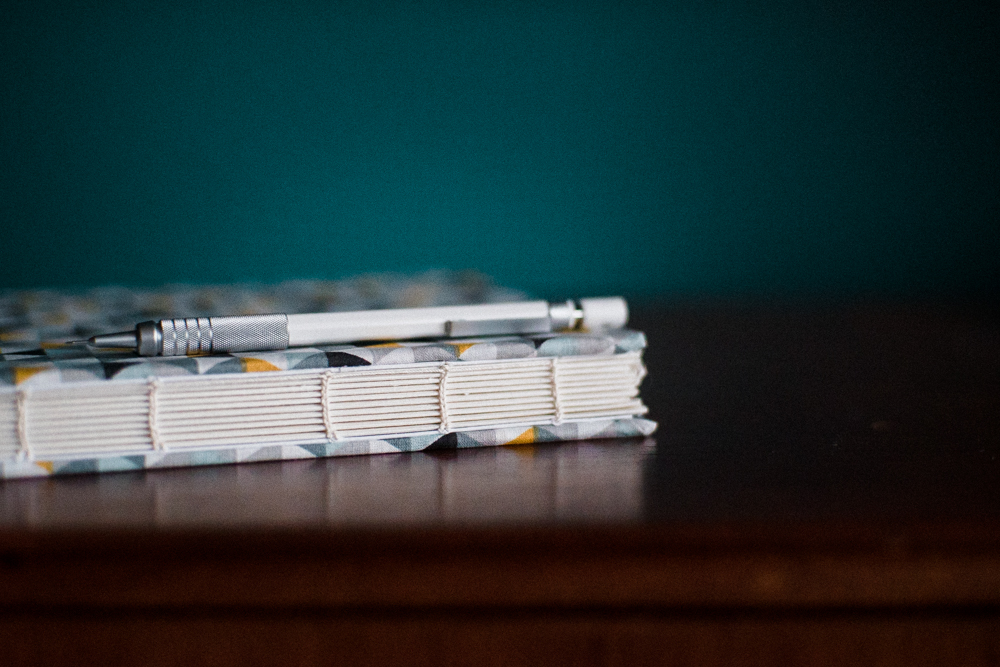
Here are a few photos of my first attempt at bookbinding. I wanted to make a sketchbook with paper that would be suitable for watercolour painting, but I couldn’t find a vegan watercolour sketchbook that I liked. It might sound like a funny thing to worry about being vegan, but quite often watercolour paper is coated – ‘sized’ – with gelatine. Gelatine helps reduce absorbency and allow you to rework wet paint on the surface of the paper, but it’s a by-product of animal husbandry and something vegetarians and vegans avoid. I thought it would just be easier to make my own sketchbook so that I could have full control over the paper, the binding, the covers and the size.
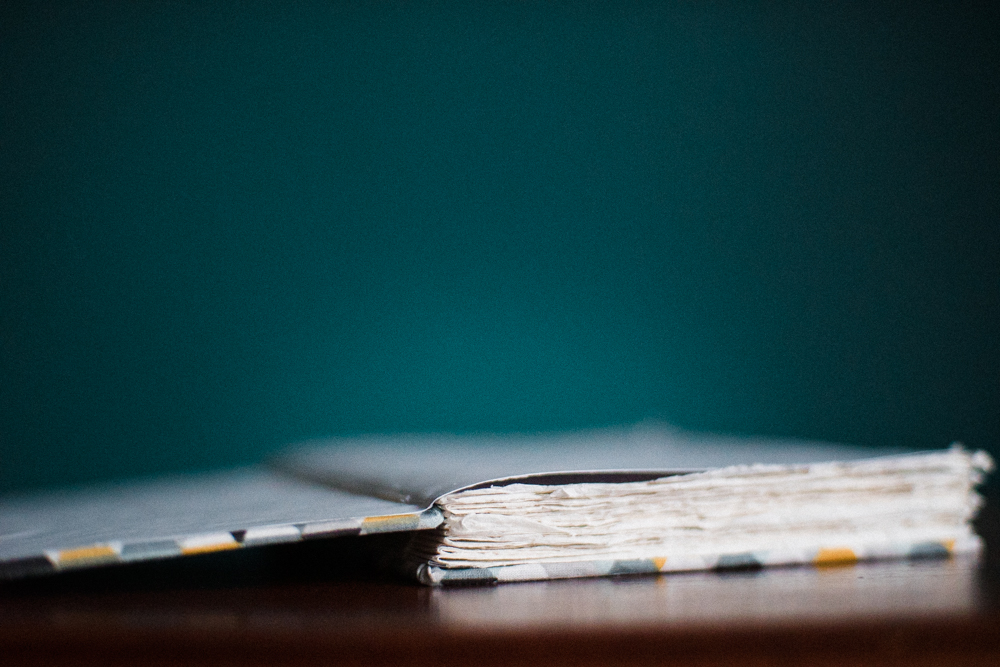
Almost all of the materials I used for this project, with the exception of the paper, I had lying around at home. The bookbinding board is recycled from the packaging which came with some photographic prints I ordered, the fabric I had in my sewing box leftover from when we recovered our dining chairs a couple of years ago, and I had some cream coloured cotton thread in my stash too. It’s not waxed, but it worked just fine. I didn’t want to go out and buy a load of materials for this one notebook, because that would make what could be a very cheap little project an expensive one.
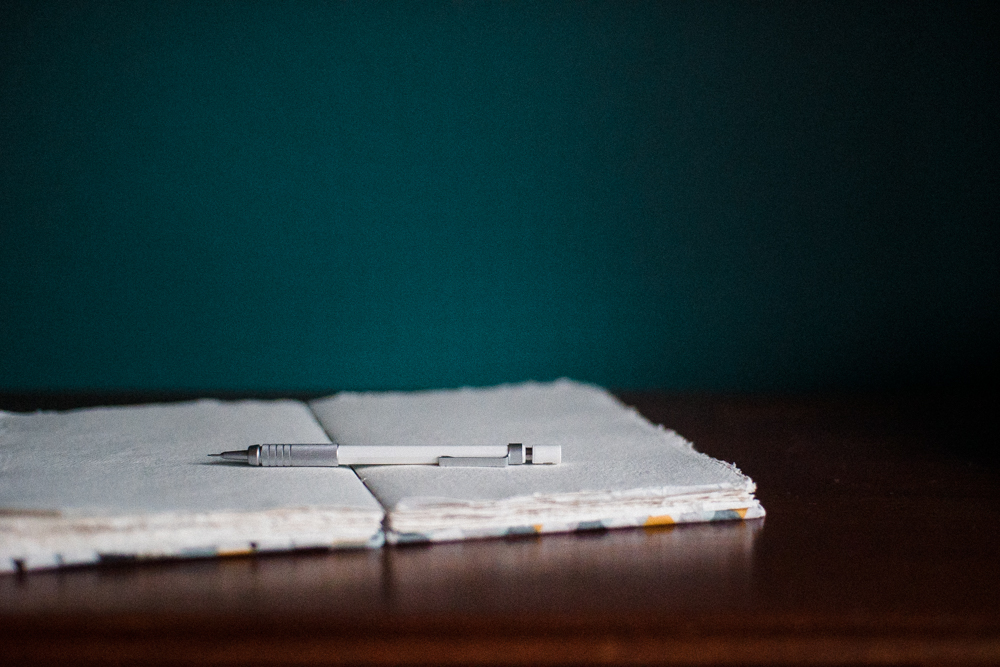
I don’t have an awl, so I made do with a sewing needle instead, and the only glues I have are a Pritt Stick and some UHU, so I made up a pot of wheat paste for this project using one part wheat starch to five parts boiled water. I’m pretty pleased with how it turned out. Wheat paste is used by bookbinders to repair torn pages and mend bindings. It’s strong, cheap, reversible, and non-toxic. I have a bag of wheat starch that I bought for less than £1 in a Chinese supermarket earlier this year when I was experimenting with homemade sizing, but I believe that you can use plain wheat flour to make wheat paste too.
Something else I don’t have but would have been useful is a cutting mat. I used some thick corrugated cardboard from packing materials that came in the post instead. I’m sharing all these little details because I know it can sometimes be a bit overwhelming when you try something new and think you need to rush out and buy all the special tools, but you really don’t.
The binding method I used is the kettle stitch method, which is really simple to follow. This isn’t a tutorial, but you can find lots of good videos on YouTube if you want to see how it’s done. This video tutorial by Sea Lemon got me started.
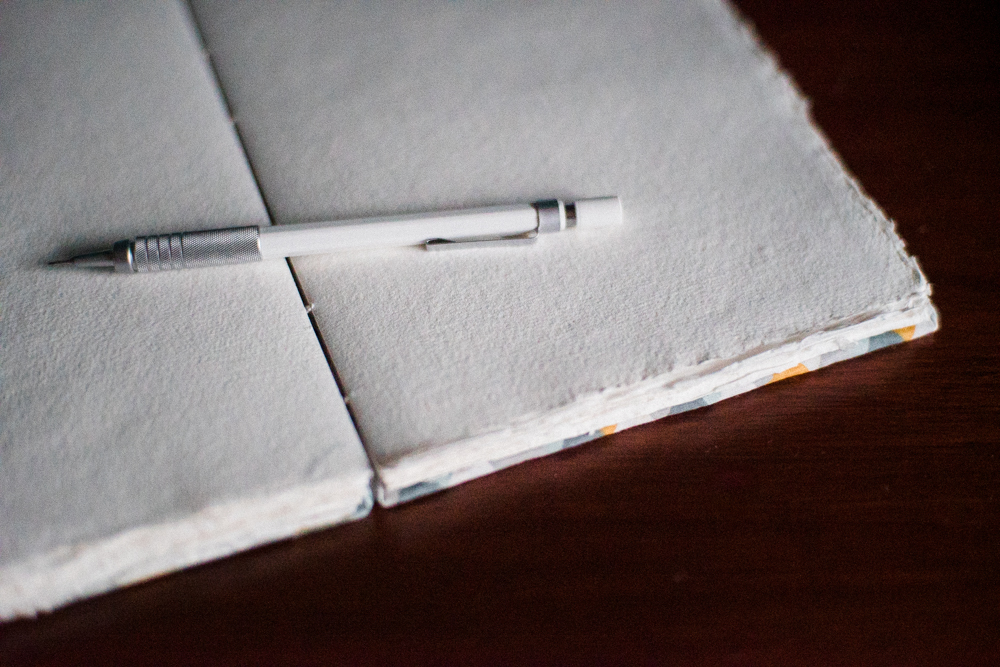
The paper I used is Khadi cotton rag paper. I contacted Khadi to clarify whether their paper is coated with gelatine and they confirmed that their 100gsm and 150gsm cotton papers as well as their Nepalese and Bhutanese papers are gelatine free, and therefore suitable for vegetarians and vegans. It is only their heavier weights of cotton rag paper that are surface sized with gelatine. I ordered a pack of 20 sheets of A4 from Jacksons Art. I folded it into A5 signatures, each comprised of two folded sheets so that the book would lay flat when opened. At the beginning and end of my stack of watercolour signatures I included a folded sheet of white card. I sewed these sheets into the binding, and glued the front and back of my text block direct to the covers. I would have liked to sew the covers to the text block, but without an awl to make neat holes I thought it would get messy, so I opted for glue instead and it worked just fine.
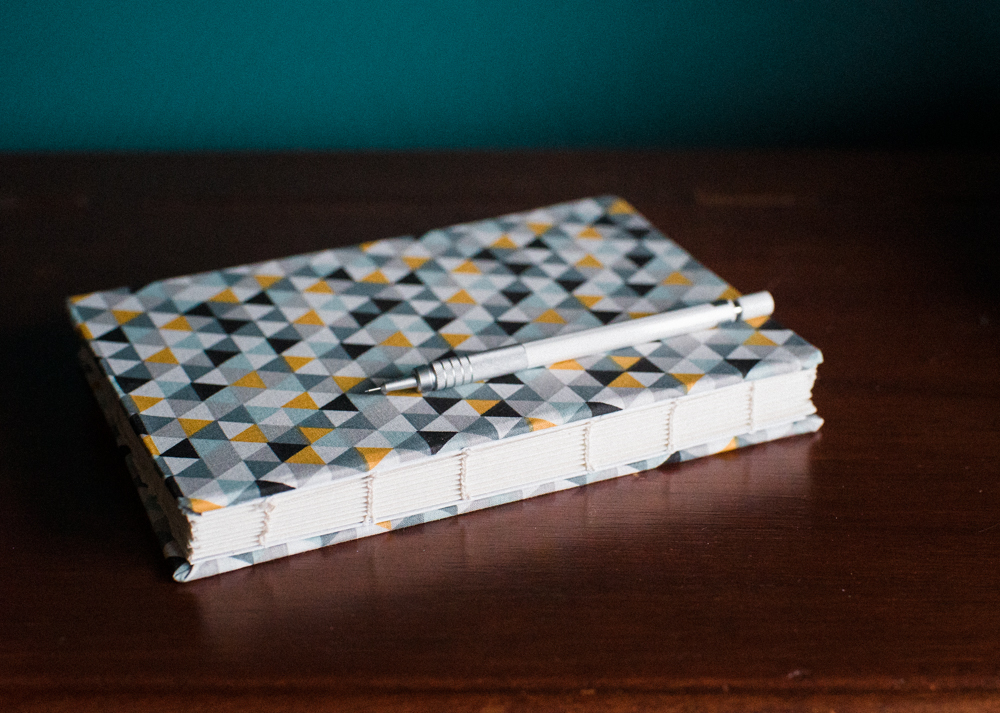
I really enjoyed this little bookbinding project and I look forward to using my sketchbook over the coming months. The covers are a little bit wonky but because the paper is deckled and slightly irregular in size it works quite well. Next time I make a book I’d like to try the buttonhole stitch bookbinding method, but I thought it best to start with the basics first time around.


Leave a Reply